Brookside Cemetery National Historic Site
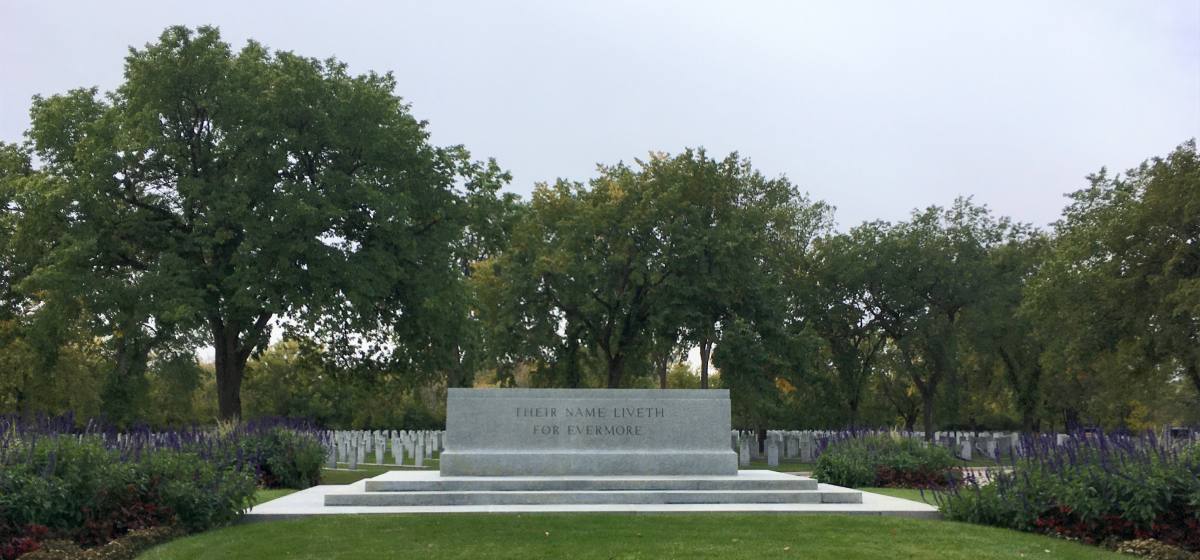
© Parks Canada / Jeffrey Thorsteinson
Brookside Cemetery has been designated as a national historic site in 2023.
Commemorative plaque: no plaque installedFootnote 1
Brookside Cemetery
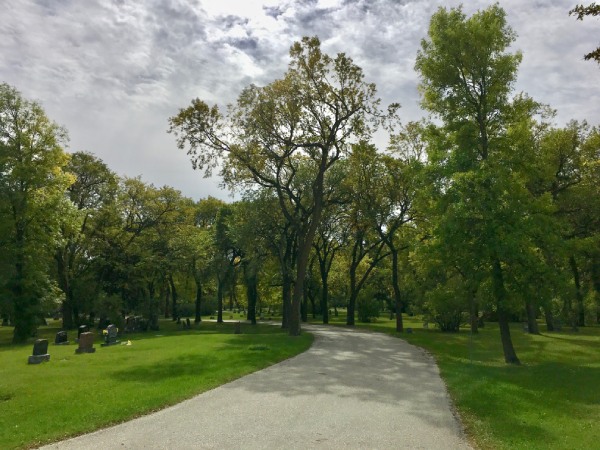
© Parks Canada / Jeffrey Thorsteinson
Brookside Cemetery in Winnipeg is among the oldest and largest examples of the garden cemetery tradition in Western Canada. Established in 1878, it is located on Treaty 1 territory and the homeland of the Métis Nation. The cemetery, which is approximately 70 hectares in size, was planned and executed on the prairie landscape. It illustrates many characteristics of the Euro-American garden cemetery style, including winding roads, irregularly shaped islets, a waterway, and park-like landscape design. It also features a range of plantings and assorted funerary monuments of artistic interest. Brookside Cemetery also hosts one of Canada’s largest Fields of Honour, an area which illustrates military cemetery traditions. The form and development of the cemetery exemplify the late 19th and early 20th century concern in Canada for civic beauty and the provision of public greenspace in cities.
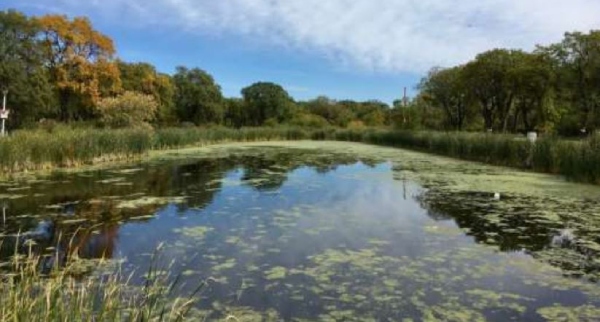
© Parks Canada / Jeffrey Thorsteinson
Brookside Cemetery was first laid out between 1877 and 1883 in the garden (or rural) cemetery style by English-born surveyor and architect Thomas H. Parr. However, the transformation of the open prairie landscape into a site which exemplified this picturesque approach to landscape design truly gained momentum in 1896 when the cemetery was transferred to Winnipeg’s recently founded Public Parks Board. This group envisioned a place where all classes could escape the crowds and noise of the city in locations designed to appear like “pleasing rural scenery.” Between 1899 and 1904, David D. England, the first Superintendent of Winnipeg’s Public Parks Board, altered and enlarged Parr’s plans and directed the planting of thousands of trees at Brookside. The succeeding Superintendent of Parks, George Champion, added a pond and a bridge, planted additional trees, and developed the northern part of the site in keeping with the garden cemetery style.
“As one of the largest and most important veteran burial sites in Canada, Brookside Cemetery is very deserving of the distinction of being a national historic site. The Field of Honour at Brookside Cemetery is a resting place to over 10,000 of our veterans. It has long been a respected and honoured place where we remember the sacrifices of those who have served. I would like to thank the City of Winnipeg’s Public Service for their efforts in pursuing this designation, and encourage Canadians to learn more about the importance of Brookside Cemetery and its Field of Honour.”
In the early 20th century, the northern portion of Brookside Cemetery came to serve as a military Field of Honour. Particularly significant is the First World War-era section of the Field of Honour which displays a unique military cemetery design that predates the standardized approach of the Commonwealth War Graves Commission (CWGC). This area exemplifies the efforts of local service groups to honour fallen soldiers. The heart of the Field of Honour is an islet known as the “Tear Drop,” wherein graves are arrayed in the form of a tear. In 1922, a CWGC Cross of Sacrifice was installed at the centre of the Tear Drop. Outside of this section, CWGC’s standard axial layout was adopted, and in 1960, a CWGC Stone of Remembrance was added. The only one of its kind in the country, the Stone commemorates all Commonwealth sailors, soldiers and airmen buried in Canada. Its placement was chosen for the symbolic fact of the cemetery’s location near the centre of the country.
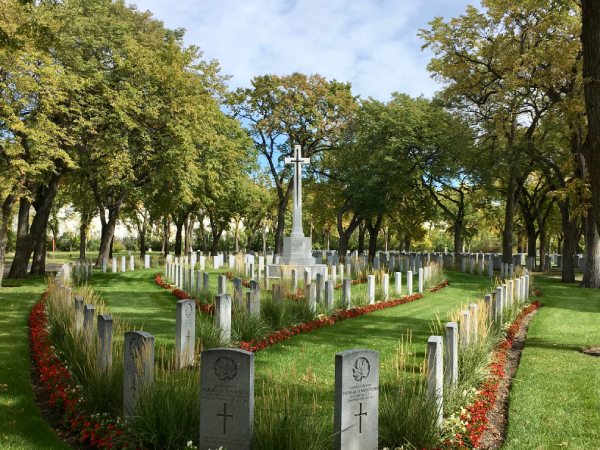
© Parks Canada / Jeffrey Thorsteinson
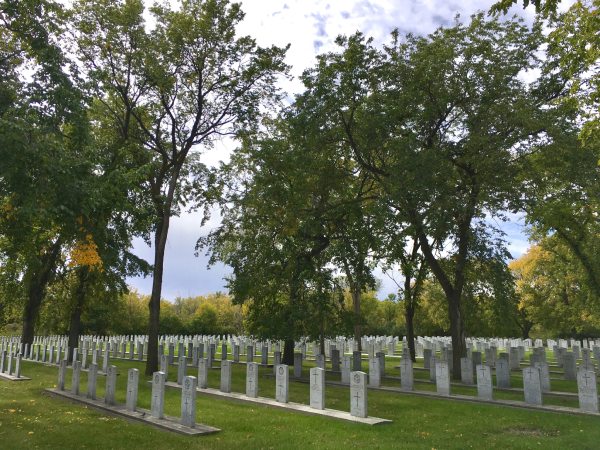
© Parks Canada / Jeffrey Thorsteinson
A number of other important monuments and historic elements are located throughout Brookside Cemetery. These include early 20th-century Manitoba limestone and wrought-iron entry gates, a Korean Veterans Cairn, a Hong Kong Veterans Cairn, a monument to the victims of the 1947 Dugald train disaster, the Winnipeg Fire Fighters Memorial Monument, and the University of Manitoba Medical Monument.
This press backgrounder was prepared at the time of the Ministerial announcement in 2023.
The National Program of Historical Commemoration relies on the participation of Canadians in the identification of places, events and persons of national historic significance. Any member of the public can nominate a topic for consideration by the Historic Sites and Monuments Board of Canada.
- Date modified :